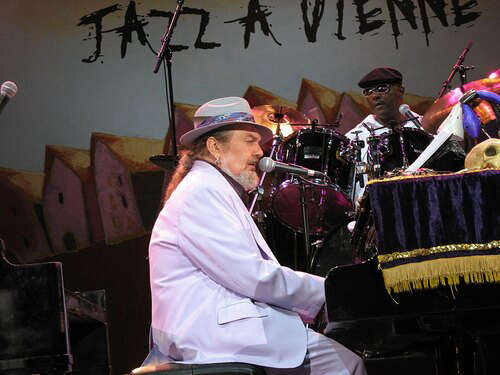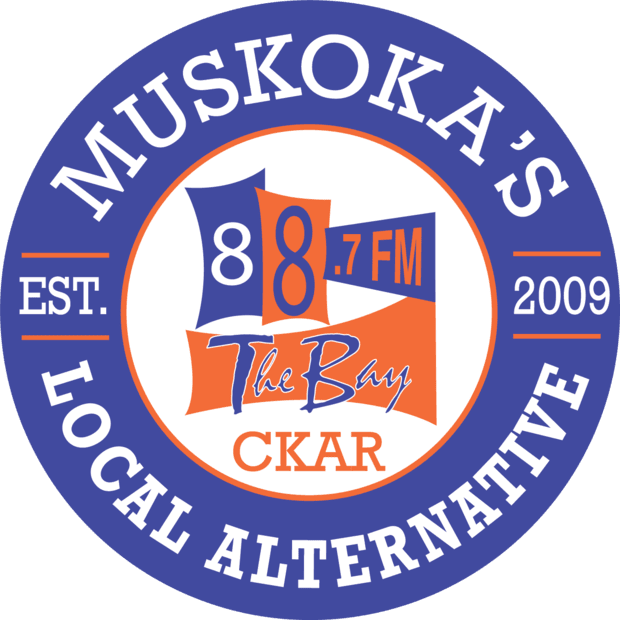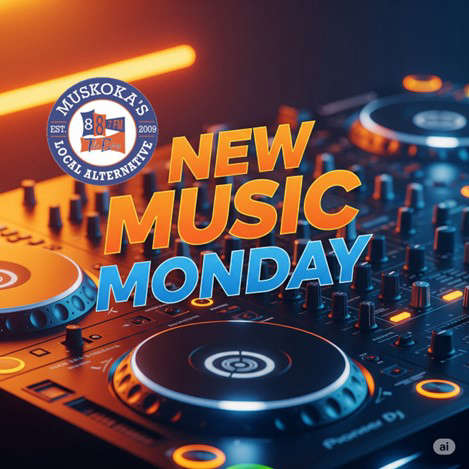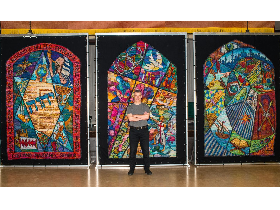
Dr. John was a master of musical alchemy, turning New Orleans street sounds into something timeless and entirely his own.
On June 6, 2019, the music world said goodbye to a true original. Dr. John, whose real name was Malcolm John Rebennack Jr., passed away at 77. Over six decades, he crafted a one-of-a-kind sound—mixing New Orleans R&B, psychedelic funk, and voodoo-inspired flair—that shaped the spirit of his hometown and influenced artists far beyond it.
Dr. John’s musical path was shaped early on by the sounds of his native city. Raised in the 3rd Ward of New Orleans, he was surrounded by music and mentored by local greats. Initially a guitarist, he was forced to switch to piano after a gunshot injury to his finger. That change ended up shaping his signature sound—raw, rhythmic piano playing rooted in the New Orleans styles of legends like Professor Longhair and James Booker.
In 1968, Dr. John introduced himself to the world with Gris-Gris, a debut album that defied categorization. Fusing funk, blues, jazz, and voodoo imagery, the record created an eerie, atmospheric sound that caught audiences off guard. It didn’t chart commercially at the time, but it established the “Night Tripper” persona that would become his trademark.
Dr. John reached the height of his commercial success in the 1970s. In 1973, he released In the Right Place, produced by New Orleans great Allen Toussaint and backed by the Meters. The album featured “Right Place Wrong Time,” which climbed to No. 9 on the Billboard Hot 100 and brought him into the mainstream spotlight.
Throughout his career, Dr. John collaborated with a wide array of artists, including Eric Clapton, B.B. King, Van Morrison, and Ringo Starr. He was also a sought-after session musician, contributing to records by Aretha Franklin and the Rolling Stones. His unmistakable growl and piano stylings became a signature sound on records far beyond his own.
Dr. John earned six Grammy Awards and was inducted into the Rock & Roll Hall of Fame in 2011. In his later years, he remained active, touring globally and recording until his final months. Released in 2022, the posthumous album Things Happen That Way highlighted Dr. John’s long-standing love for country and Americana, offering a more reflective side of his musical range.
Beyond the music, Dr. John was a cultural ambassador for New Orleans. He brought the city’s mysticism and resilience to a global audience, blending folklore, second-line rhythms, and street-level storytelling into every performance. His stage presence was theatrical yet authentic, complete with robes, feathers, and gris-gris charms, but always rooted in musicianship.
His influence is wide-ranging, extending from jazz and rock to hip hop and film soundtracks. Even Jim Henson’s Muppets character Dr. Teeth was modeled in part after him.
Today, as New Orleans continues to evolve, Dr. John’s work stands as a permanent fixture in its sonic and spiritual landscape.
“New Orleans music is who I am. I don’t think you ever leave that behind,” Dr. John once said in an interview.
Though he is gone, the music—and the mystique—remain.
Dr. John’s Essential Tracks:
“Right Place Wrong Time” (1973)
His biggest commercial hit, blending funk grooves with witty lyrics.
“Such a Night” (1973)
A sultry, celebratory tune that became a highlight of The Last Waltz by The Band.
“I Walk on Guilded Splinters” (1968)
From Gris-Gris, this haunting track helped establish his voodoo mystic persona.
“Qualified” (1973)
A slice of classic New Orleans funk with sharp horns and rolling piano.
“Makin’ Whoopee” (1989, with Rickie Lee Jones)
A Grammy-winning duet that showed his jazzier side.
“Revolution” (2012)
From his later-career highlight Locked Down, produced by Dan Auerbach of The Black Keys.
Sources:
• NPR
• Rock & Roll Hall of Fame
• The New York Times
• AllMusic – Dr. John Biography
• Wikipedia
• Pitchfork
This file is licensed under the Creative Commons Attribution-Share Alike 3.0 Unported license.



 New Music Monday: From Indie-Soul Introspection to Stadium Rock Power Ballads
New Music Monday: From Indie-Soul Introspection to Stadium Rock Power Ballads
 Dickey Betts: The Fiery Rise of a Southern Rock Architect
Dickey Betts: The Fiery Rise of a Southern Rock Architect
 Hawksley Workman’s Odd Christmas Songs Are a Homage to Huntsville Roots and Holiday Messiness
Hawksley Workman’s Odd Christmas Songs Are a Homage to Huntsville Roots and Holiday Messiness
 Billy Joel's Historical Anthem "We Didn't Start the Fire" Hit The Charts On This Day
Billy Joel's Historical Anthem "We Didn't Start the Fire" Hit The Charts On This Day













Comments
Add a comment